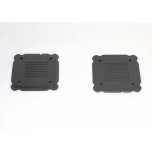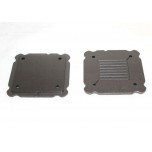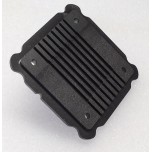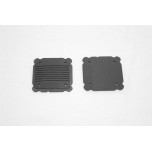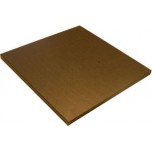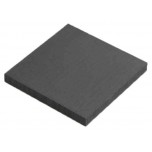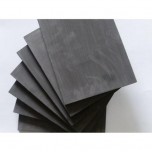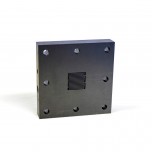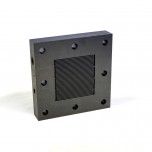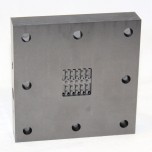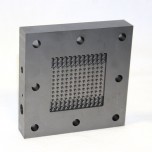Your shopping cart is empty!
+1 (855) 251-0016 | sales@fuelcellstore.com
Categories
Quick Add To Cart
Graphite Plates
Graphite plates are attached to the electrode backings of a fuel cell stack on either side. These plates serve a double purpose within the fuel cell stack. One purpose of the graphite plate is to act as a conductor by receiving the energy from the electrodes. The other purpose is to guide the flow of the hydrogen and oxygen through their respective ends of the stack, making sure that the maximum amount of the gasses and moisture comes in contact with the membrane.
To prevent gasses from leaking out through the normally porous graphite, the plates are constructed using a much longer and more complex process that creates nonporous plates.
Refine Search
These closed bipolar graphite plates can be used as replacements plates for the Flex-Stak Electroc..
$54.00
These closed monopolar plates can be used for the Flex-Stak Series, or you can use them as the bas..
$54.00
10 cm2 Open Bipolar Graphite plate suitable for small Hydrogen / Air Fuel Cells and Methanol ..
$54.00
These open monopolar plates can be used for the Flex-Stak Series, or you can use them as the basis..
$54.00
Fuel Cell Grade Graphite Plates can be machined on both sides to be used as bi-polar plates. ..
$66.00
Fuel Cell Grade Graphite Plates can be machined on both sides to be used as bi-polar plates. Thes..
From $161.00
These Isomolded Graphite Plates can be machined on both sides. Isomolded plates are made ou..
From $42.00
These Isomolded Graphite Plates can be machined on both sides. Isomolded plates are made ou..
From $71.00
These Isomolded Graphite Plates can be machined on both sides. Isomolded plates are made ou..
From $82.00
These Isomolded Graphite Plates can be machined on both sides. Isomolded plates are made ou..
From $148.00
These Isomolded Graphite Plates can be machined on both sides. Isomolded plates are made ou..
From $247.00
5 cm2 graphite plate with serpentine flow field that is suitable for H2/Air (hydrogen / air)..
From $450.00
25 cm2 graphite plate with serpentine flow field that is suitable for H2/Air (hydrogen / air..
From $670.00
5 cm2 graphite plate with column & pin flow field that is suitable for flow battery, red..
From $450.00
25 cm2 graphite plate with column & pin flow field that is suitable for flow battery, re..
From $670.00




